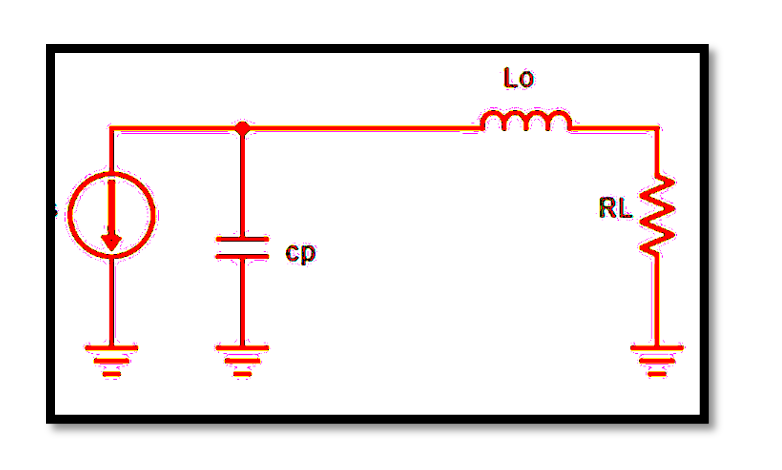
Understanding Complex Loads in Power Amplifiers
Power amplifiers are essential components in communication systems, providing the necessary power to transmit signals over long distances. However, various factors can influence their performance, one of the most critical being the load presented to the amplifier. In this blog, we will delve into the concept of complex loads in power amplifiers, exploring their implications on performance and efficiency, and the strategies used to optimize these loads.
Transistor Parasitic Capacitance
Transistors, the core active elements in power amplifiers, inherently possess parasitic capacitance, denoted as 𝐶𝑑𝑠. This parasitic capacitance exists between the drain and source terminals of the transistor. While often negligible in low-frequency applications, 𝐶𝑑𝑠 becomes significant at higher frequencies, where it can adversely affect the amplifier’s performance.
Impact of Parasitic Capacitance
The presence of 𝐶𝑑𝑠 in a transistor can lead to several issues:
- Reduction in Output Power: The parasitic capacitance can create a reactive component in the load, leading to a reduction in the voltage swing and, consequently, the output power.
- Efficiency Degradation: The reactive component introduced by 𝐶𝑑𝑠 can also cause a phase shift between the voltage and current, reducing the amplifier’s efficiency.
Complex Load Optimization
To mitigate the adverse effects of 𝐶𝑑𝑠, a complex load is used as the optimum load to tune out the capacitor. The complex load is characterized by both resistive and reactive components, expressed as:

Where:
- Ropt is the optimum resistive load.
- jX represents the reactive component, which can be inductive or capacitive.

Role of Inductance (Lo)
An inductance, Lo, is introduced in the load network to counteract the effects of the parasitic capacitance 𝐶𝑑𝑠. The inductance creates a resonance with the capacitance, effectively cancelling out the reactive component at a particular frequency. This tuning enhances the voltage swing across the load, thus improving the output power and efficiency of the amplifier.
Voltage and Current Relationship
The relationship between voltage and current in the presence of 𝐶𝑑𝑠 and the complex load is crucial. As 𝐶𝑑𝑠 increases, it impacts the voltage amplitude and phase, leading to a lower power output and efficiency. The voltage and current waveforms in such scenarios exhibit phase differences and amplitude reductions.

Detailed Analysis of Complex Load
A detailed analysis of the complex load involves the following equations and considerations:


Practical Implementation
In practical circuits, the complex load configuration is implemented using a series combination of inductors and capacitors to form a resonant circuit. The goal is to select values of Lo and Cc (coupling capacitor) such that the reactive effects are minimized, and the power delivered to the load is maximized.
Take our entry level course (Below) for free using coupon code RAHRF101BLOG
RF Fundamentals, Basic Concepts and Components – RAHRF101
For limited time take an additional 10% off of all our courses using coupon code RFCERT10
Rahsoft RF Certificate and courses
Conclusion
Optimizing the load in power amplifiers is crucial for enhancing performance and efficiency. By carefully designing a complex load that accounts for parasitic capacitances and introduces suitable reactive components, we can significantly improve the amplifier’s output power and efficiency. The use of inductance to counteract parasitic capacitance is a key strategy in achieving this optimization. Understanding and implementing these principles is essential for engineers working on high-frequency amplifier design, ensuring robust and efficient communication systems.

Learn more about this topic by taking the complete course ‘Linear RF Power Amplifier (PA) Design Theory and Principles online course – RAHRF562’. Watch the course videos for more detailed understanding. Also checkout other courses on RF system and IC design on https://rahsoft.com/courses/. Rahsoft also provides a certificate on Radio Frequency. All the courses offer step by step approach.



